Progress Museum
Introduction
Author-Uploaded Audio
Audio Tour of the Progress Museum by Audy Perry
Text-to-speech Audio
Images
Many French and English fur traders traveled around North America to sell metal tools and other items to Native Americans in exchange for fur pelts.
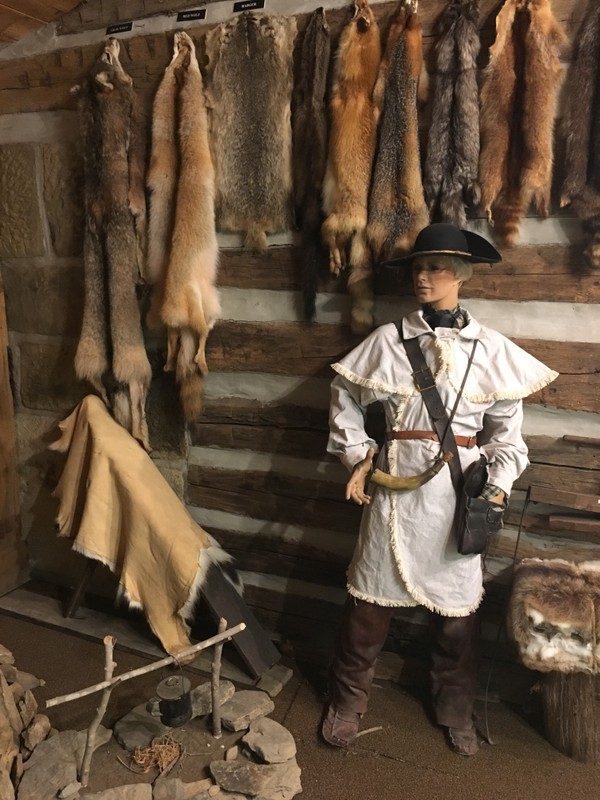
The fur trade of the 1600s and 1700s was the first major industry to develop in what is now the United States.
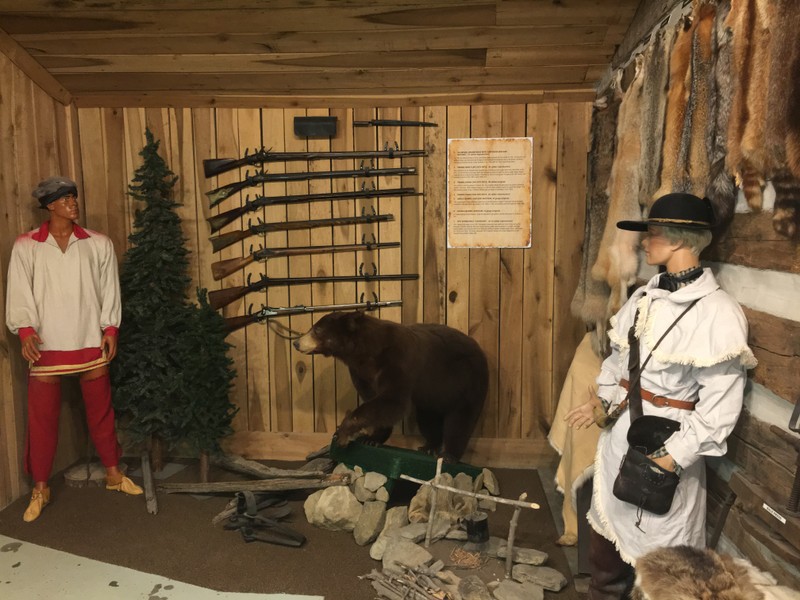
Life on the Appalachian frontier was rough, primitive, and dangerous, but rewarding. Nearly everything seen here (except for the iron and pewter items) had to be handmade by the family.
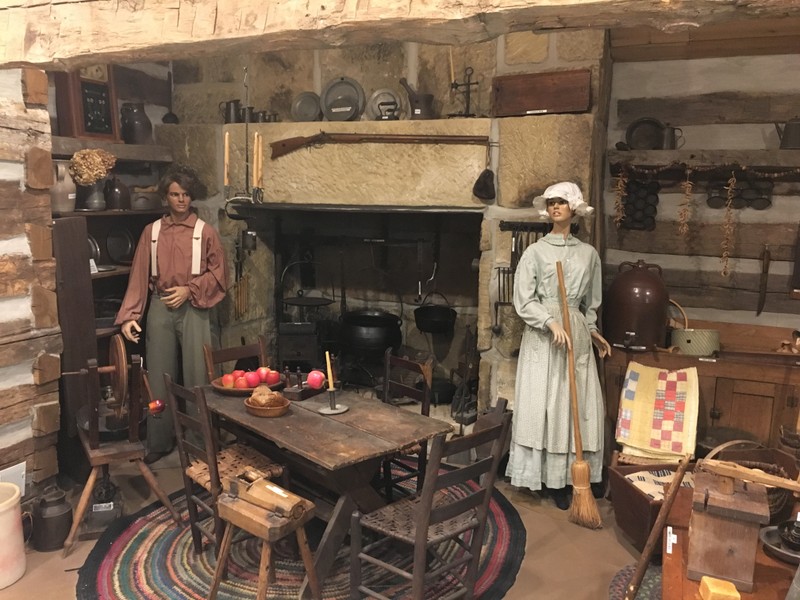
The kitchen of the early 1900s began to look more light today’s modern kitchens, with appliances such as stoves and ice boxes.
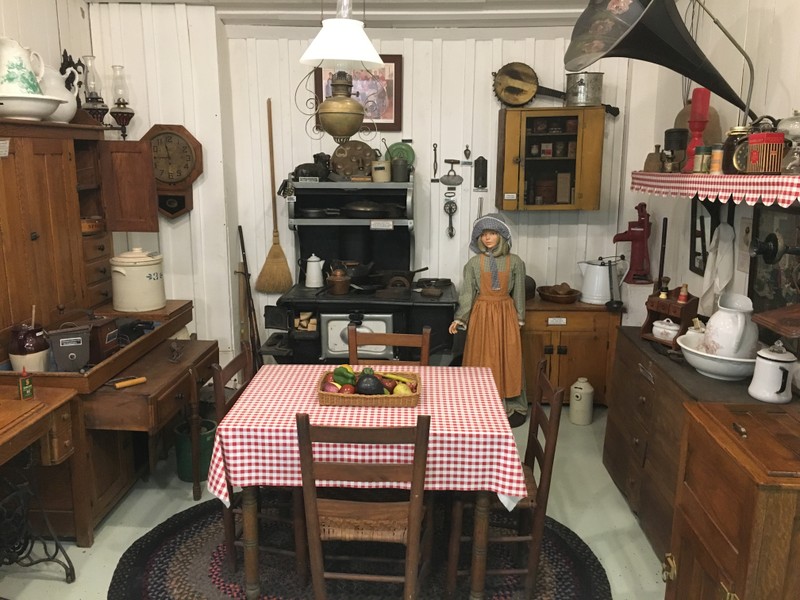
The cast iron stove provided a safer alternative to open fireplaces.
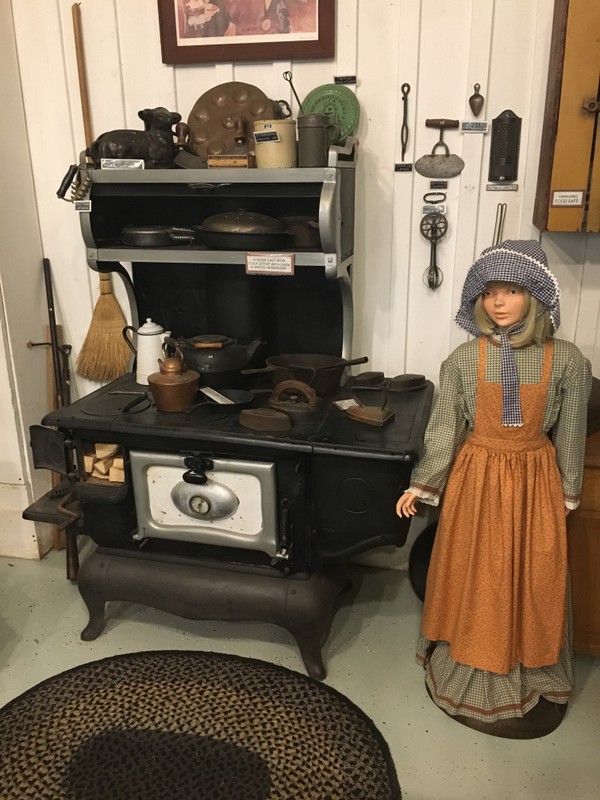
Mail order catalogs, such as Montgomery Ward and Sears and Roebuck, made a wide range of products available to consumers, even houses.
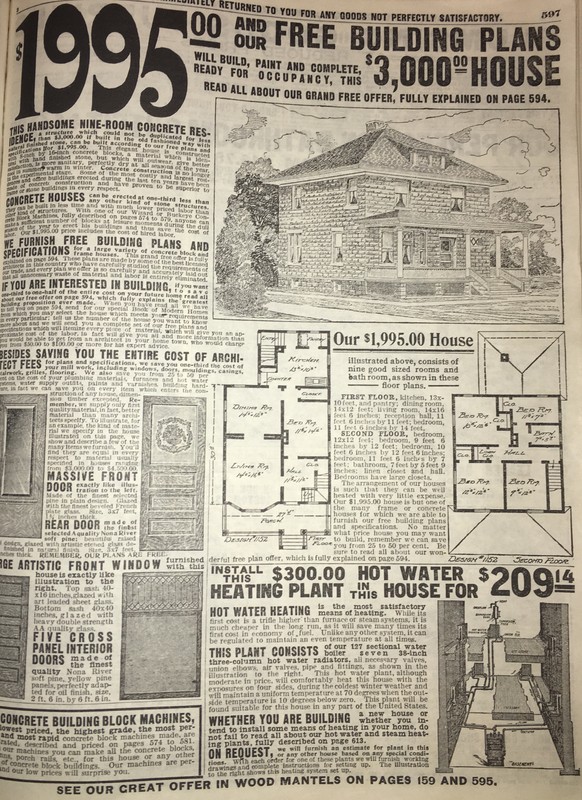
Mail order catalogs could be used to buy clothing, tools, books, furniture, toys, firearms, jewelry and more.
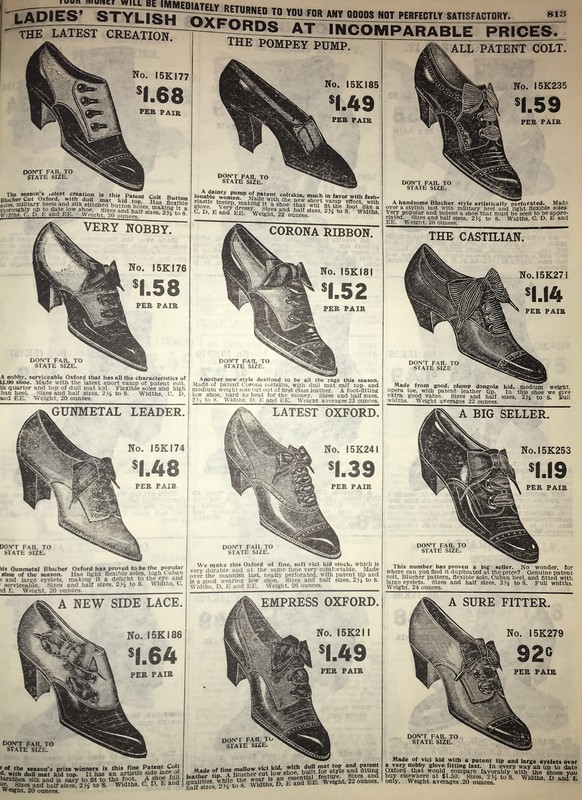
The 1920s brought electricity and running water to many American homes, allowing for a more comfortable lifestyle.
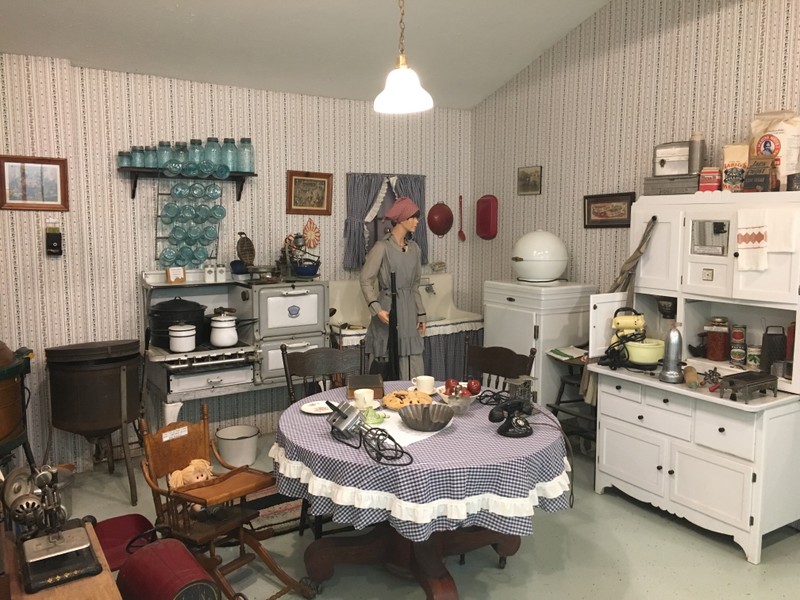
The TVs and radios seen here range from the 1920s to the 1960s. They forever revolutionized how we receive information.
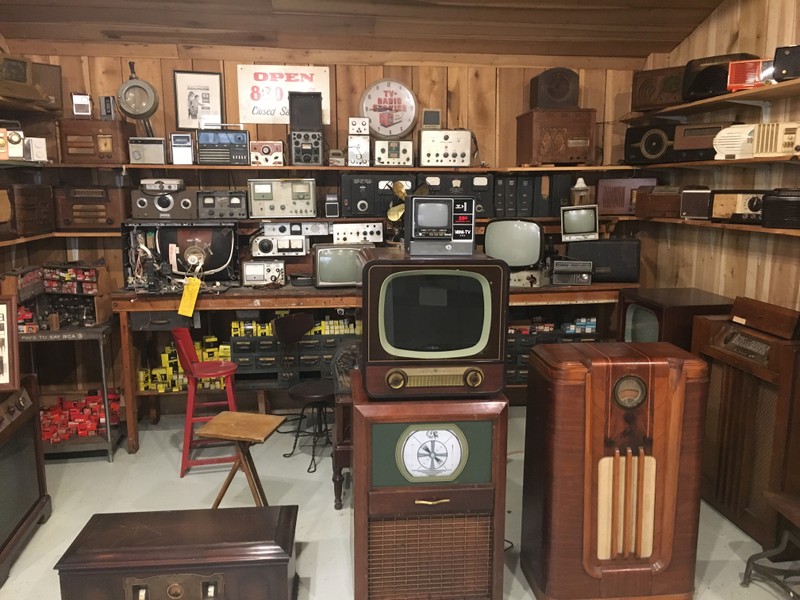
Trains formed the backbone of West Virgnia’s economy starting in the mid-1800s. Many of the state’s towns and cities owe their existence to the construction of rail lines.
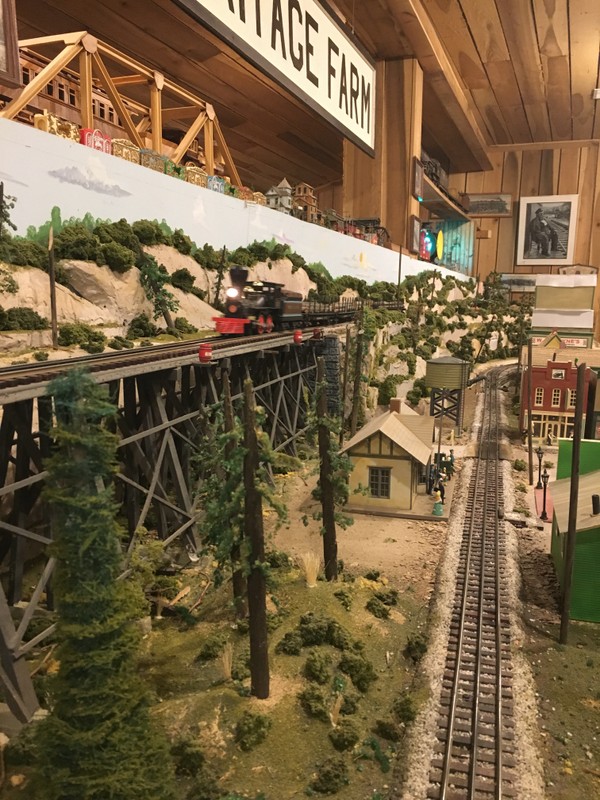
Coal mines, coal company towns, and railroads were built in close proximity to each other so that the coal could be easily mined and transported across the country.

Printing presses have been in use in the Western world since the mid-1400s and continued to be used up until the computer age.
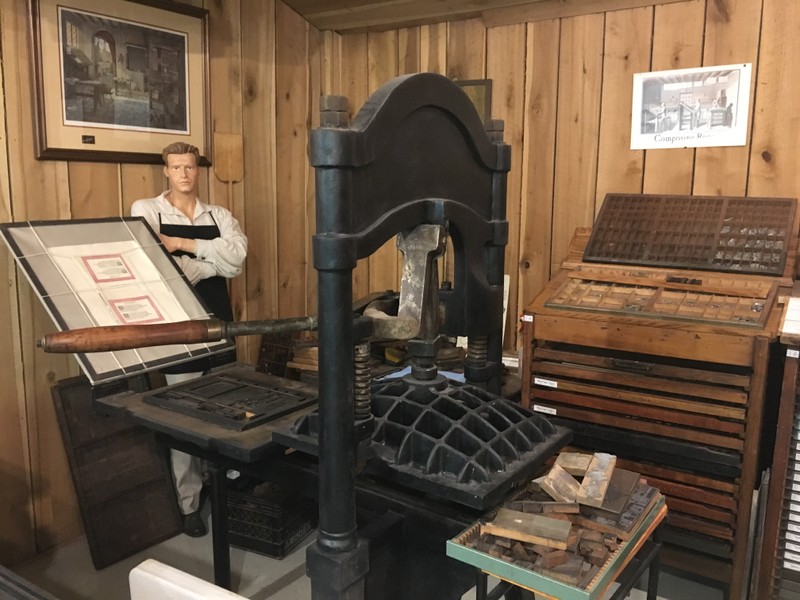
Soda fountains and ice cream parlors such as this were once a major social center in many communities from the 1920s to the 1950s.
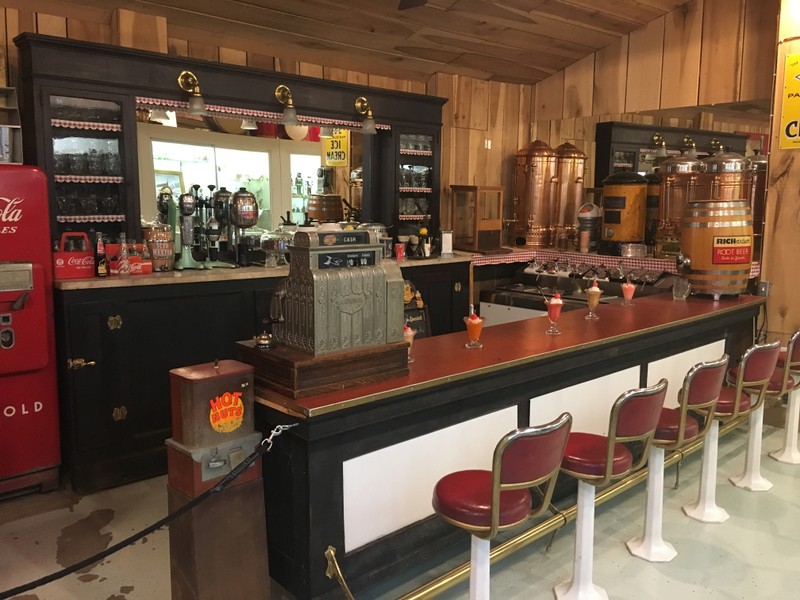
Zane’s Park is loosely modeled off of Huntington’s historic Camden Park, which has been in operation since 1903.
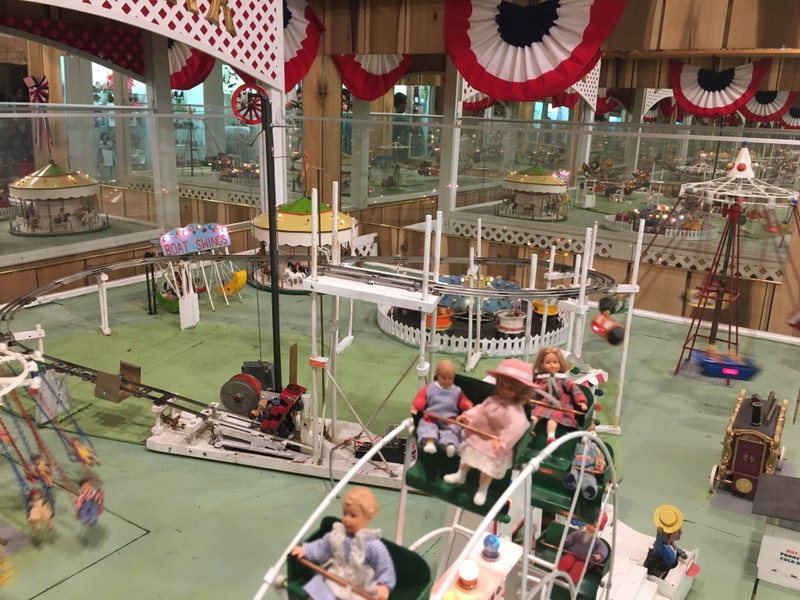
The “barn loom” was given its name because its massive size meant that it was usually located inside the barn.
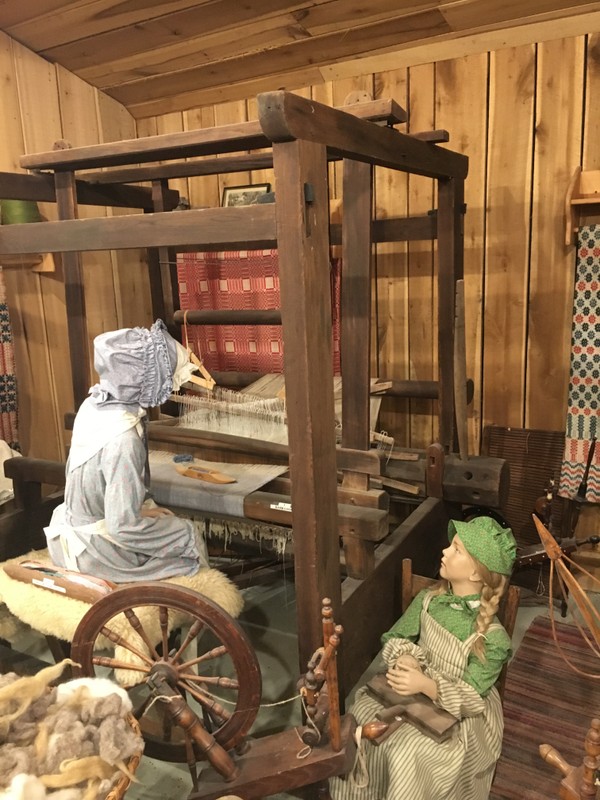
The first few decades of the 1900s witnessed many entertainment products such as phonographs and record players, zoetropes, stereoscopes, and slide projectors.
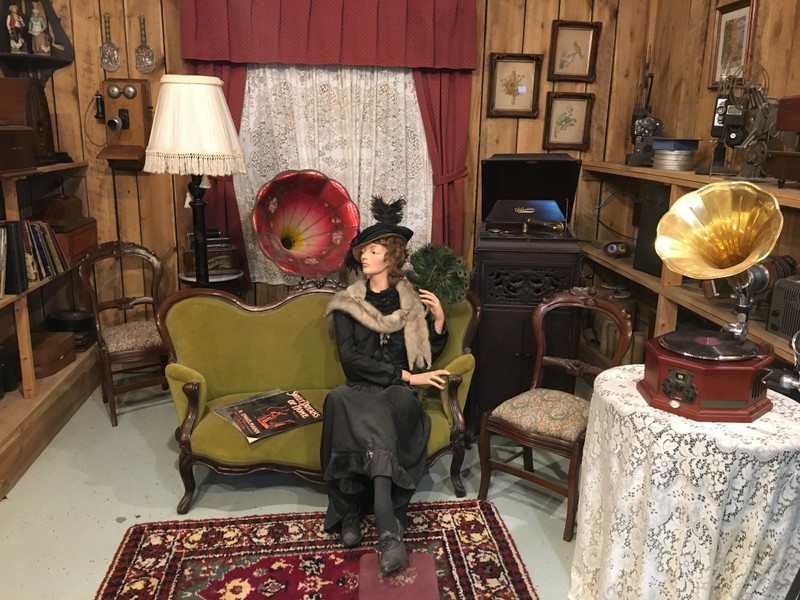
The stereoscope was a popular toy in the early 1900s. This precursor to the View-Master blended two identical pictures together to create a 3-D image.
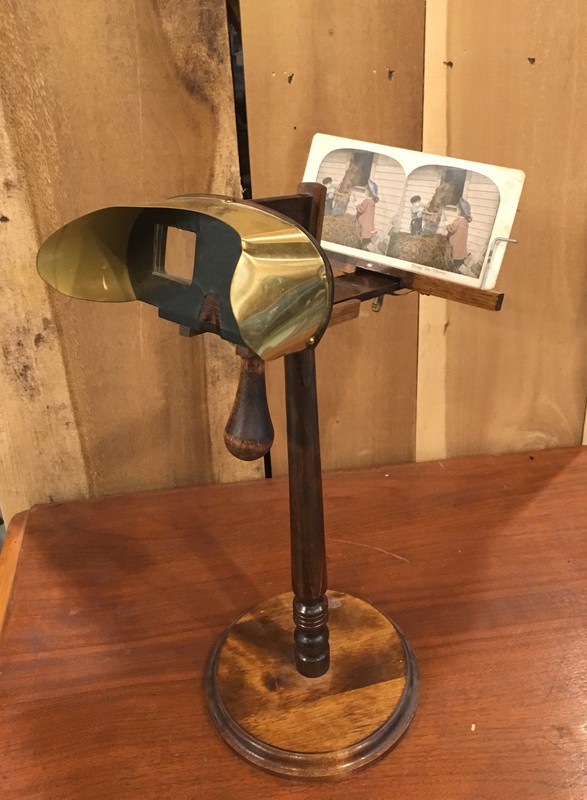
The Progress Museum explores the development of technology and everyday life in Appalachia over the past few centuries.
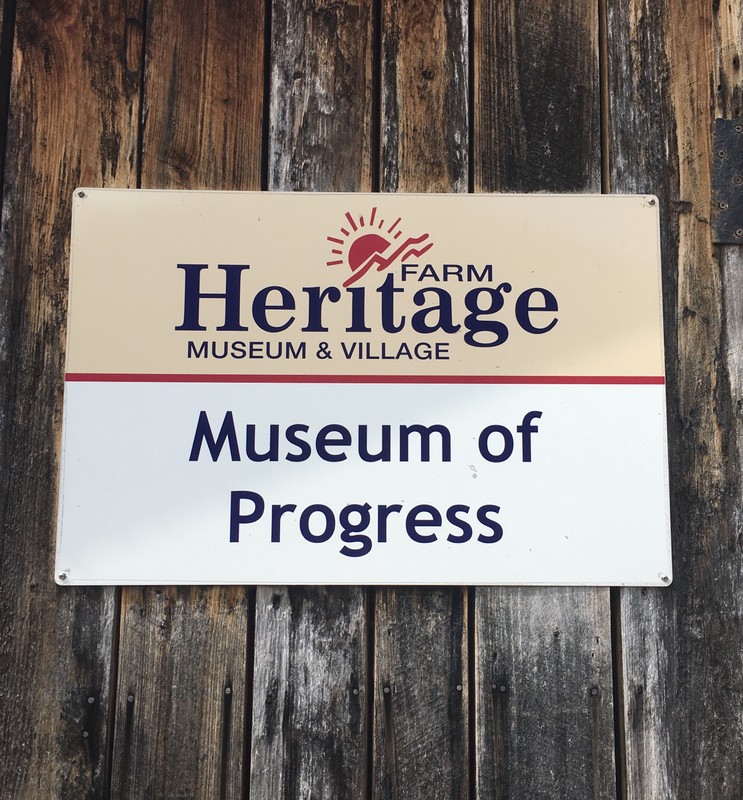
Backstory and Context
Text-to-speech Audio
Native Americans and the Fur Trade
Native Americans lived in Appalachia for thousands of years before Europeans arrived. These included tribal groups such as the Shawnee and the Cherokee. During the 1600s and 1700s, natives developed a trade network with French and English traders who came to the region. They sold the traders fur pelts, especially beaver pelts, which were very popular in Europe and used to make hats. In exchange the Europeans gave Native Americans materials that they could not make on their own, such as steel tools, guns, clothing, silver jewelry, and copper pots.
1850 Cabin
Large numbers of Americans began migrating across the Appalachian Mountains in the mid-1700s and continued until the early 1800s. Most were of English, Scots-Irish, and German descent. They formed many small, rural communities, usually near creeks and rivers. Sometimes your only neighbors could be miles away. When a family chose a piece of land to live on, they very quickly worked to build a shelter to live in. They spent many weeks, even months, cutting down trees and hewing the logs to build cabins. These first homes were very small and primitive. They were usually only a single room, although over time the family might add more rooms or build a second story.
The pioneers had to learn how to survive on their own, as there were no stores or large towns nearby. They lived rough, dangerous, and demanding lives. The men had to be farmers, hunters, and carpenters. The women did much heavy work, raised and cared for the children, cooked, spun yarn, wove cloth, and made soap and candles. There were no doctors, and medical care had to be improvised. The mortality rate was high, especially among children. The pioneer diet was simple, consisting primarily of corn, wild animals, and livestock. Food was preserved by salting, drying, or pickling it. The pioneer way of life fostered values of independence and self-reliance that were reinforced by religion and a strong sense of community. The struggles, hardships, and experiences of the first settlers continued to influence later communities.
1900 Kitchen
By 1900, life had improved dramatically. Fireplaces were replaced with cast iron stoves, which were much safer and used less fuel. Kitchens now had cupboards and countertops, which created more room to store and prepare food. People who lived in town could now refrigerate their food using an ice box. An ice man delivered a large block of ice to their house on a regular basis, which was placed in the ice box and kept the food cold until it melted. Oil lamps provided light, and were much safer and cleaner than candles. Businesses and wealthier households in town might have a telephone.
Another major change for the home was the mail order catalog. This idea became popular by the 1880s and changed the way people obtained products. Companies such as Sears and Roebuck sent out catalogs full of many different items such as tools, toys, books, clothes, furniture, appliances, and even entire houses. Customers could simply send an order through the mail and have it shipped to them. These catalogs were especially important to rural areas and small towns that did not have any large stores; people were now able to buy whatever they wanted, whenever they wanted.
1925 Kitchen
By the 1920s, electricity was becoming increasingly common. The decade was also a period of economic prosperity, and more Americans than ever had extra money to spend. These factors allowed a variety of new, modern amenities to be brought into homes. These included electric lights, washing machines, refrigerators, and toasters. Refrigerators in particular were important; food could be easily preserved and did not have to be dried, salted, or pickled to stay safe. Homes also now had running water, indoor plumbing, gas stoves and heat. Most kitchens were designed with white appliances and furniture to provide a look of cleanliness. Chores that once took long hours could now be done much faster and easier. Homes were now also cleaner, safer, and more comfortable.
Radio & TV Repair Shop
The earliest radios were developed in the 1890s, but they did not become widespread until the 1920s, when the first radio stations and commercial radio sets were introduced. By the 1930s and 40s millions of Americans owned radios and tuned in nightly to hear news, music, and plays. It enabled the general public to get news faster than ever, and to stay connected to the world at all times. Televisions were developed in the 1930s but were not mass produced until after the end of World War II. By the 1950s many households owned a television set, which largely replaced radios.
All early radios and televisions used vacuum tubes, a light bulb-like device which amplified the electric signals of the device. They were replaced in the 1960s by the invention of the transistor- a revolutionary device that was smaller, cheaper, and longer lasting than vacuum tubes. With transistors, once-bulky electronics soon started to become smaller, paving the way for personal computers, cell phones, and flat screen TVs.
Model Railroad
This model railroad was built by the Appalachian Model Railroad Society in 2001. It depicts typical coal mining towns and logging camps in West Virginia.
Trains were enormously important to the social and economic development of West Virginia starting in the last decades of the 1800s. Historically the state had been very isolated due to its mountains and rugged terrain, which made travel and industry difficult. The construction of railroads allowed West Virginia to export its natural resources, namely coal and timber, across the country. Dozens of towns across the state were built by new railroads to service them and take advantage of the economic opportunities they presented. Huntington, for example, was built as the western terminus for the Chesapeake and Ohio Railway, while nearby Kenova was built for the Norfolk and Western Railway.
Many railroads were strategically built next to sources of coal in order to mine and transport the coal easier. Many communities in turn were built by the coal and railroad companies to support the miners and their families. The railroads also brought thousands of new migrants into West Virginia to work in the coal mines. These included African Americans from the South, and Italians, Poles, Germans, Slavs, and other groups from Eastern Europe.
Printing Presses
For thousands of years, all books and other documents were handwritten; this made them very rare and expensive. Few people could read or write as a result. The earliest printing presses were developed in China over one thousand years ago. In the 1440s a German man named Johannes Gutenberg invented an improved version of the printing press and introduced it to Europe. People with printing press were able to produce thousands of books, newspapers, and other documents. Literacy rates increased as more people were able to acquire printed materials. One of the first books ever printed was the Bible, around 1454. The printing press made communication better by allowing people to preserve and share ideas with others cheaply and easily all over the world.
Soda Fountains
Soda fountains were for many years a major gathering place for communities all over America. Soda fountains existed for much of the 1800s, but they peaked in popularity from the 1920s to the 1950s. Soda water was originally sold in pharmacies because they were once believed to have medicinal properties, curing ailments such as stomach aches. As brands such as Dr. Pepper, Coca Cola, and Pepsi emerged in the late 1800s and early 1900s, soda became more popular as a casual drink. Many fountains expanded to sell ice cream and entire meals. Soda fountains and ice cream parlors were a place for young people to socialize, enjoy a milkshake, listen to music on a jukebox, or maybe play an early arcade machine.
Zane’s Park
The Zane’s Park carnival set celebrates the bygone days of classic carnivals in the early to mid 1900s. This complex series of model rides was built years ago by a Cabell County school custodian with an obvious sense of ingenuity. When Heritage Farms acquired it, the set had been dissembled into over a dozen boxes. Luckily a volunteer named Zane Parsons was able to put the carnival back together and get it operating again. Zane’s Park is loosely modeled off of Camden Park, the only amusement park in West Virginia and one of the oldest in the nation.
Making Clothing
Making clothing was one of the longest and most difficult tasks that a family would have to do. Premade clothes were extremely expensive, and out on the frontier or in rural communities people had no choice but to make their own. This task was usually performed by women, and required a great deal of skill and patience. There were typically three different types of materials that could be used for making clothes: flax plants, cotton plants, and sheep wool. Any of these could be processed to extract fiber. Spinning wheels were used to turn the fiber into yarn or thread. A loom would then be used to weave the yarn into cloth, and from there it could be sewn to make different kinds of clothing. Many people wove flax linen and wool together to form a stronger material called linsey-woolsey, which could be used to make blankets and quilts.
Entertainment Products of the Early 1900s
By the early 1900s many people had more free time and more cash to start buying new inventions for entertaining themselves. The phonograph, an audio recorder that used wax cylinders, was invented by Thomas Edison in 1877 but was not mass-marketed to homes until the 1890s. They were eventually replaced by record players and disks in the 1910s. Slide projectors and stereoscopes (an early version of the View-Master) allowed people to view photographs and paintings of all sorts of scenes for both educational purposes and entertainment. The zoetrope also remained a popular toy. Invented in the 1860s, this spinning wheel blurred a series of pictures together to give the illusion of a moving image. This was the precursor to animation, and in many ways is similar to today’s GIFs.
